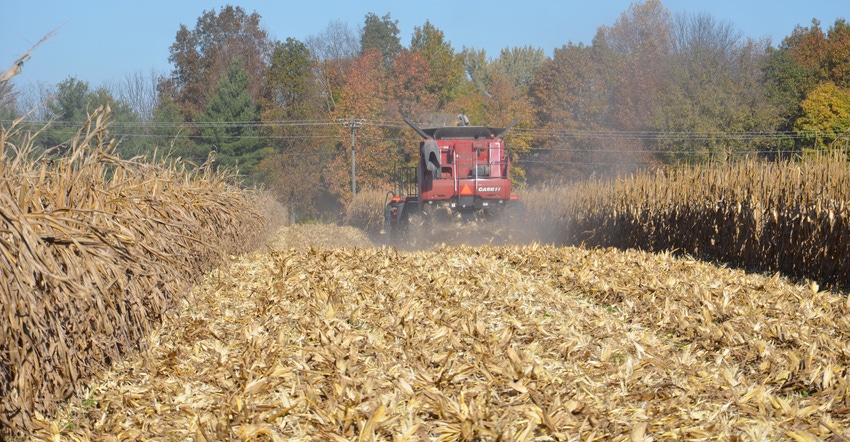October 27, 2018

It may seem early to think about the relative profitability of corn and soybean production in 2019. However, given the need for different land preparation and fertility between the crops, it’s important to think about this decision well in advance of planting season. This article looks at relative profitability of the two crops from 2007 to 2018 and provides an early look at 2019 prospects.
Using a case farm in west-central Indiana, from 2007 to 2012, corn production was relatively more profitable than soybean production. Specifically, the earnings for rotation corn were, on average, $86 per acre higher than earnings for rotation soybeans. The difference in earnings between corn and soybeans from 2007 to 2012 ranged from $1 per acre in 2009 to $211 per acre in 2011.
Since 2013, rotation soybeans have been relatively more profitable than rotation corn. The average difference in earnings for corn and soybeans from 2013 to 2018 was $75 per acre. The difference in earnings per acre during this period ranged from $40 in 2015 to $115 in 2017. The average difference in 2018 is projected to be $54 per acre.
Profit comparisons
Given that soybean prices have dropped substantially since late May, what is the relative profitability for corn and soybeans in 2019? Using mid-October price projections, earnings per acre for corn and soybeans in 2019 are expected to be similar. In other words, the advantage that soybeans had from 2013 to 2018 has disappeared.
Using cost and yield differences, breakeven corn price levels for corn and soybeans to have the same profitability can be computed. Using 2019 budget projections, with a soybean price of $8.50 per bushel, corn prices in the fall of 2019 would need to be above $4.19 per bushel on low-productivity land, above $4.10 per bushel on average-productivity land and above $3.97 per bushel on high-productivity land for continuous corn to compare favorably to rotation soybeans. Assuming a fall soybean price of $9, the breakeven levels would be $4.35, $4.27 and $4.14, respectively, on low-, average- and high-productivity land.
Corn or beans?
Now let’s examine breakeven levels for ground that was planted to soybeans in 2018. With a soybean price of $8.50 per bushel, the breakeven levels for corn are $3.82 per bushel on low-productivity land, $3.76 per bushel on average-productivity land and $3.62 per bushel on high-productivity land. Corn prices would need to be above these levels to favor rotation corn. If the soybean price is $9 per bushel in the fall of 2019, corn prices would need to be above $3.97 on low-productivity land, $3.91 on average-productivity land and $3.78 on high-productivity land for rotation corn to compare favorably to soybeans.
More information pertaining to cost items for corn, soybeans and wheat can be found on the Purdue University Center for Commercial Agriculture website.
Langemeier is a Purdue Extension agricultural economist and associate director of the Center for Commercial Agriculture. He writes from West Lafayette, Ind.
About the Author(s)
You May Also Like






